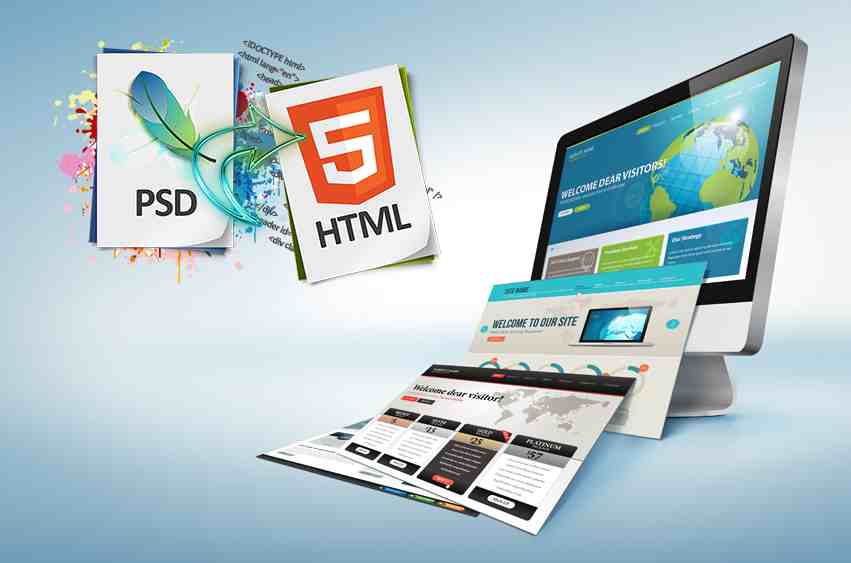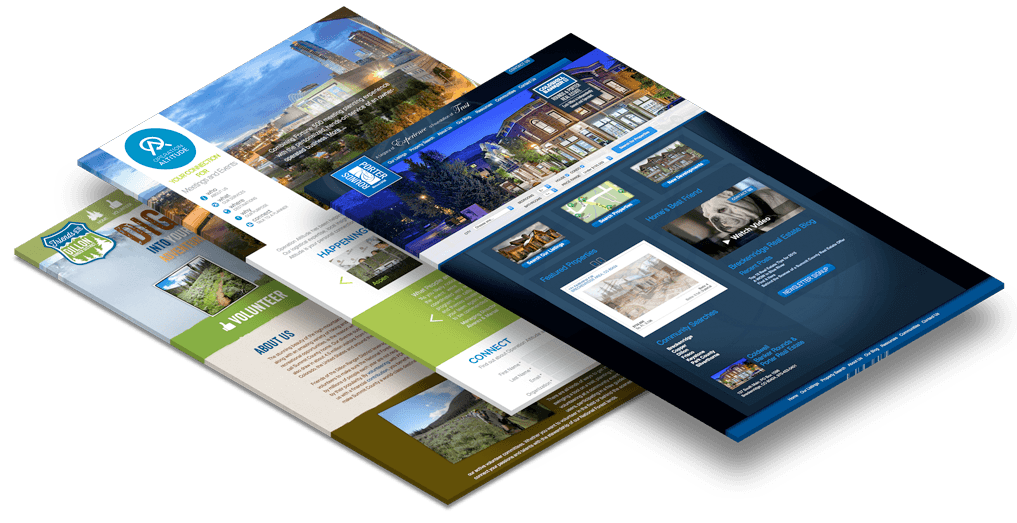PSD to XHTML conversion is usually the first step of building a dynamic and responsive website. For the uninitiated in web design, PSD is the Photoshop Design file format. Normally, all webdesign services use Photoshop to create the wire-frame of the website template. This is basically the design layout in the form of a PSD file that needs to be converted to a code file to be used as a website theme or application. To do so a markup language is used. These days most web designers are using XHTML (Extensible Hyper Text Markup Language). It is a version of HTML which also has certain attributes of XML.
The overall design of the website depends on how well the PSD has been created and sliced to be converted to the markup code.
Using XHTML is advanced and more trusted method of conversion because the learning curve of XHTML is lower and it supports many advanced features. The quality of the website depends a lot on the accuracy of the PSD to XHTML conversion and hence, it is important that the companies get the conversion done only by the experts.
When PSD to XHTML conversion is done with care, it also boosts the ranking of the website on the search engine result pages. It is so because, it becomes easier for the search engine crawler programmers to read these websites and rank them. Moreover, the cross-browser compatibility of the XHTML websites and their responsive rendering give them the edge over others.
Benefits that can be reaped from PSD to XHTML conversion
1. Cross-browser Compatibility
This is majorly about responsive design of your website. Recently Google made it a high priority that your websites are mobile responsive in order to gain in ranking. Secondly, it is also increasingly necessary that your websites operate similarly on all known browsers. This used to be a big hassle before since the theme had to be optimized for every browser separately. The websites created by PSD to XHTML conversion are cross-browser compatible and render themselves in the perfect manner on a range of devices including the mobile phones and tablets. Making a website responsive also becomes easier using the conversion.
2. Table-less design for enhanced UI
Think of a layout that uses only HTML based tables. You can upload any number of images to it but every time you do so, it adds extra piece of code that takes more time to load and makes your website slow. This was how web design was before HTML5 and CSS3. Now compare it to CSS (Cascading Style Sheet) based website layout which limits this practice and allows for a single style sheet across the website which can be cached by a browser making the loading faster. Every time you make some design change, just that style sheet is updated. Table-less design refers to a design layout, where there is restriction on placing the images and graphics on the page. It can be done in a hassle-free manner.
3. W3C validated design
W3C specifications are updated to make sure your website’s user experience keeps improving. Use of XHTML in web design layout is recommended by the latest W3C specifications and hence, the validation is not a problem. This validation consequently boosts the trust of the website among its users and also ensures that it is free of errors.
4. Clean website structure
As implied in the previous point, there are many factors to W3C validation. The previously discussed aspects of table-less design and cross browser compatibility contribute to W3C specs as well. It is also apparent that XHTML websites have to follow a clean structure to be validated by W3C. It leads to websites being lighter and fast loading. Such websites offer a more enhanced user experience and thus, engage the audience better.
5. SEO-friendly
Search engine optimization is a vast subject in itself but in a broader sense, website design plays a significant role in search visibility. As mentioned before, search engine crawlers should have good accessibility to your web design code. Due to the use of semantic coding in the conversion, the markups created are friendly with the search engines. Usually the web pages are manually coded and achieving 100% pixel perfection is possible that also contributes to higher ranking of a website over SERP.
Final remarks
These advantages of PSD to XHTML conversion clearly suggest that it is one of the best ways to create great website designs. There are many PSD to XHTML conversion companies that provide this service at affordable rates. The companies interested in taking their business online can avail these services and utilize the benefits of XHTML.
Have you ever built or got a website built? Which web design technologies you are aware of? For more information on PSD to XHTML Conversion, Please visit: www.htmlpanda.com. If you liked this post please share and comment.
















